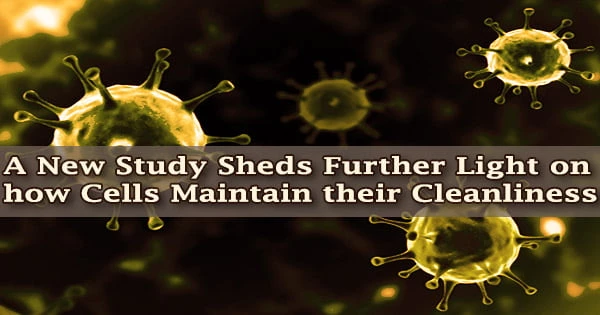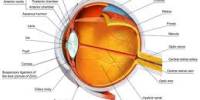Waste collectors gather and dispose of normal domestic waste, and cells go through a similar procedure to eliminate damaged and potentially dangerous proteins.
A recent study published in Science Advances sheds more light on how this is accomplished. Proteases are used by cells for housekeeping in a similar way as waste collectors dispose of garbage.
The smallest unit in biology that can live on its own and makes up all living creatures and body tissues. The cell membrane, nucleus, and cytoplasm are the three primary components of a cell.
The cell membrane encloses the cell and regulates the molecules that enter and exit it. The nucleus is a cell structure that houses the nucleolus as well as the majority of the cell’s DNA.
“Think about what happens when waste collectors go on strike in a big city. Similarly, a non-functioning waste collection system in a cell can lead to chaos when damaged proteins accumulate. This could allow serious diseases to develop,” says Björn M. Burmann, senior lecturer and researcher in chemistry at the University of Gothenburg, and team leader for the researchers behind the new study.
The cytoplasm is the liquid that fills the inside of the cell. The Golgi complex, mitochondria, and endoplasmic reticulum are only a few of the microscopic cell sections that have distinct tasks. The cytoplasm is the site of the majority of chemical processes and the production of most proteins. There are more than 30 trillion cells in the human body.
Neutralizes harmful proteins
To learn more about how proteases maintain cells clean, the researchers utilized the single-cell bacteria Escherichia coli as a model system.
One of the waste collection disposal workers in the bacterial cell is the enzyme DegP, a protease that can eliminate unstable and harmful proteins by shredding them into pieces and thus prevent them from building up in the cell.
Darius Šulskis
This is a bacteria that lives in the human intestine and has evolved to survive in a variety of challenging environments.
“One of the waste collection disposal workers in the bacterial cell is the enzyme DegP, a protease that can eliminate unstable and harmful proteins by shredding them into pieces and thus prevent them from building up in the cell,” says Darius Šulskis, principal author of the study and doctoral student in Björn M. Burmann’s research group.
Temperature switches activate response
It was unknown what triggered DegP until now, but Darius Šulskis demonstrated in his work that DegP is activated by a temperature switch that is controlled at the molecular level. At low temperatures, DegP is inactive, but at high temperatures, it becomes active. This activates the waste disposal work in the cell, which includes the disposal of hazardous material.
“Understanding this built-in cleaning mechanism means that it can be used in medical research and be important for future medical applications,” says Björn M. Burmann.
Facts
Proteases are enzymes, or biological catalysts, that aid in the disintegration of proteins into smaller components such as peptides or even individual amino acids, a process known as proteolysis. The research was carried out at the Swedish NMR Centre, which is sponsored by the University of Gothenburg, employing nuclear magnetic resonance in the advanced NMR spectroscopy infrastructure.
Researchers from the University of Gothenburg and the Wallenberg Centre for Molecular and Translational Medicine collaborated on the study. The research was made possible by the Knut and Alice Wallenberg Foundation, the Swedish Research Council, and co-author Johannes Thomas’ EMBO Long-term Fellowship.
















